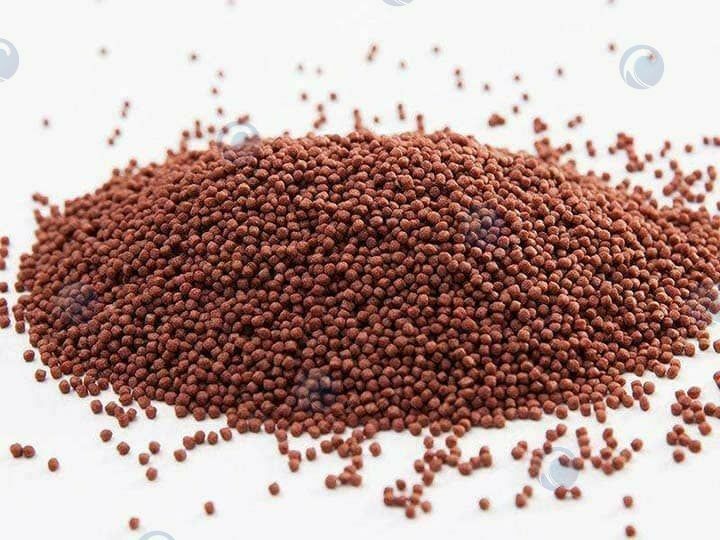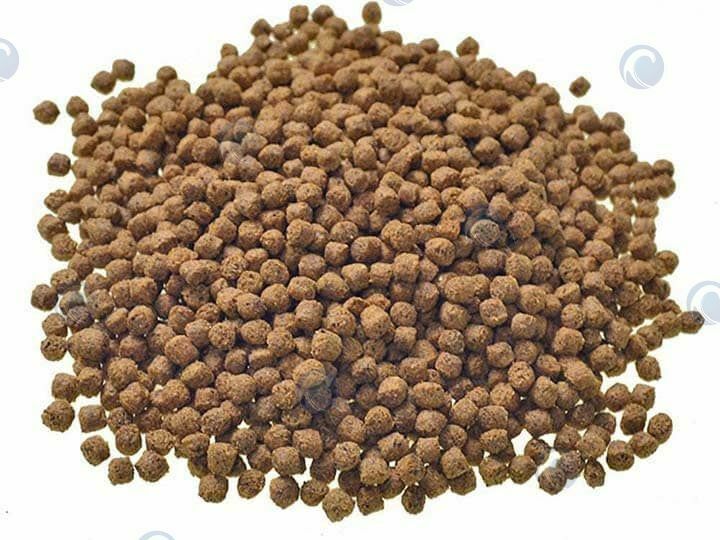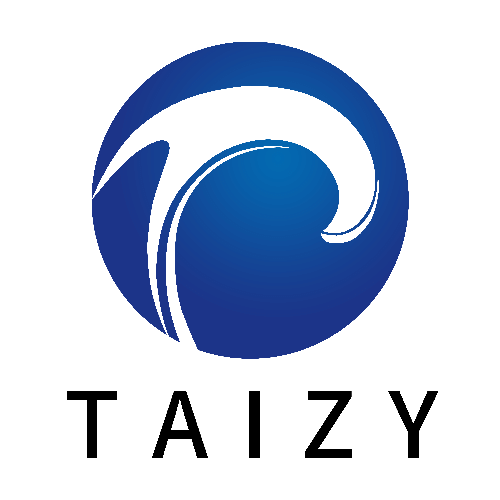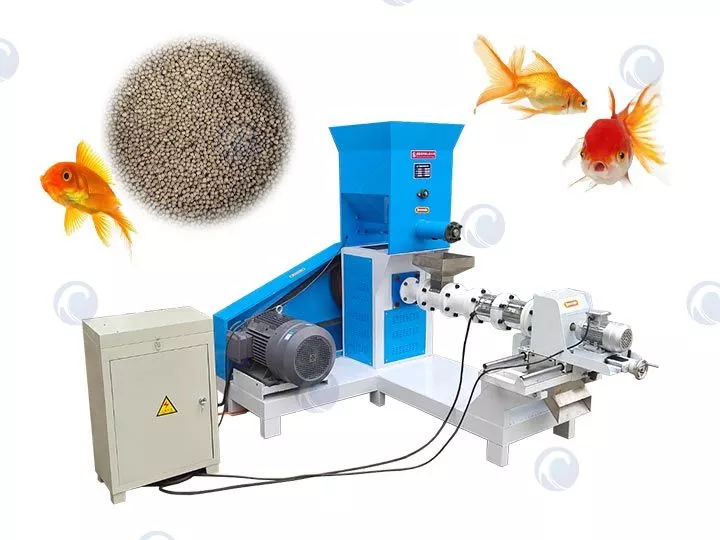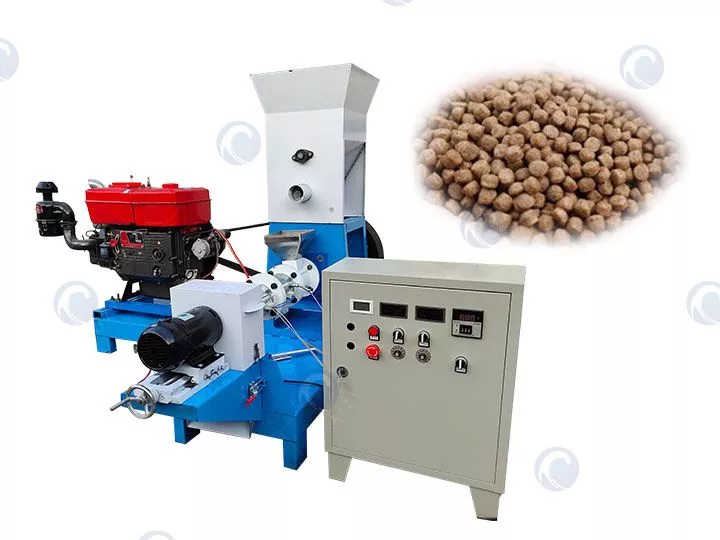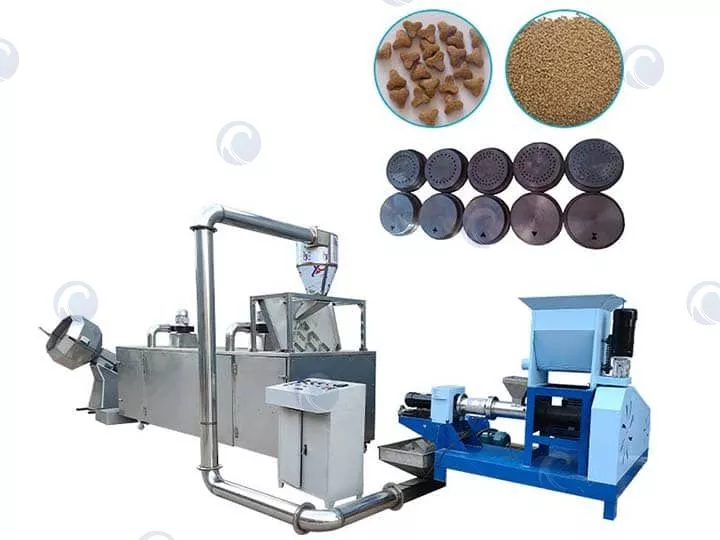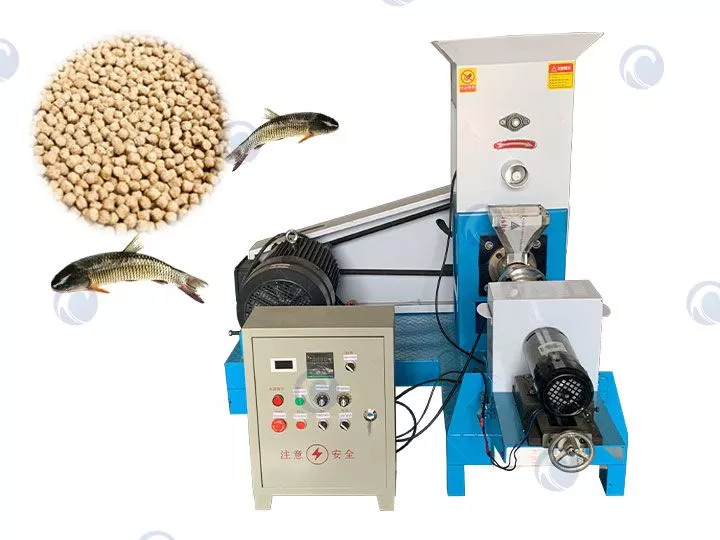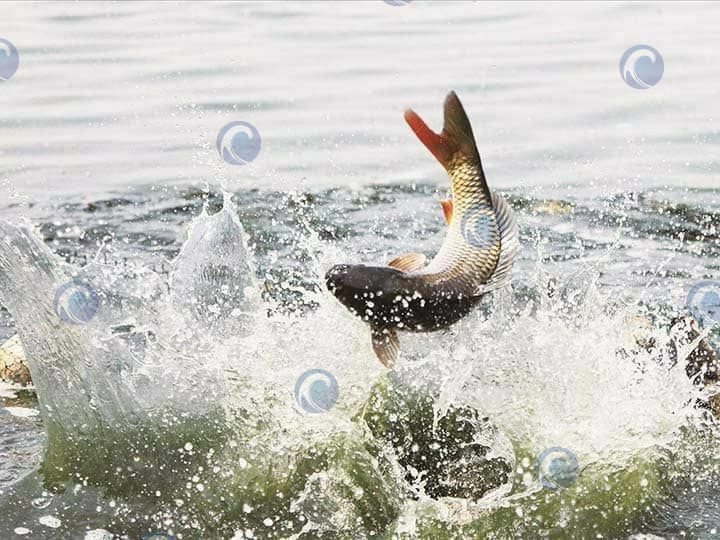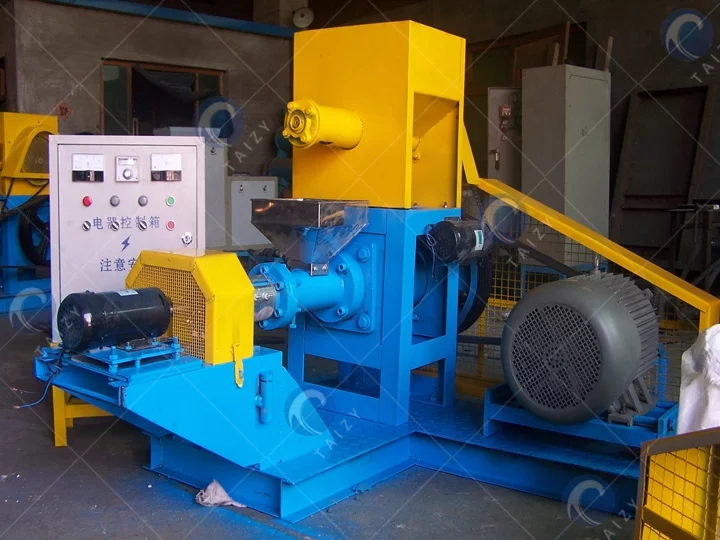What are the main nutrients in fish food pellets?
Fish farmers are now using fish food pellets to feed their fish through the fish feed pellet machine. This is because farmed fish only get a small portion of the food nutrition naturally. Nowadays fish feed is more nutritious and contains essential proteins, vitamins, and minerals. Thus, the correct amount of essential nutrients and energy is available.
The main components of fish feed are protein, fat, and minerals, and the main raw materials for these components are grass meal, soybean cake, peanut cake, corn protein meal, rice bran, wheat bran, etc.
What are feed ingredients? What is the role of each ingredient?
- Protein. Protein supplements are available in animal or vegetable proteins. In general, animal proteins are of higher quality than plant proteins. Animal proteins used in fish feed come from sea fish meal, catfish offal meal, poultry by-product meal, inedible tissue from refineries, etc. Sources of vegetable protein in fish feed are oilseed meals such as soybean meal, peanut meal, skim milk powder, beans, and wheat gluten. We can add all these materials into the fish feed pellet machine.
- Energy supplements. They are mainly carbohydrates with less than 20% crude protein content. It includes grains and grain by-products such as wheat, wheat intermediate flour, whole rice bran, corn and other grains, animal fats, or vegetable oils.
- Minerals and vitamins. Vitamins and minerals play a key role in the growth and nutrition of fish. Common mineral-containing raw materials include fish meal, shell powder, eggshell powder, calcium phosphate, and bone meal.
- Pigments. A variety of natural and synthetic pigments or carotenoids can be used to enhance the appetite of fish. Astaxanthin is the most commonly used additive. Cyanobacteria, shrimp meal, shrimp oil, and palm oil, as well as extracts of red pepper and fife yeast, are also good sources of natural pigments.
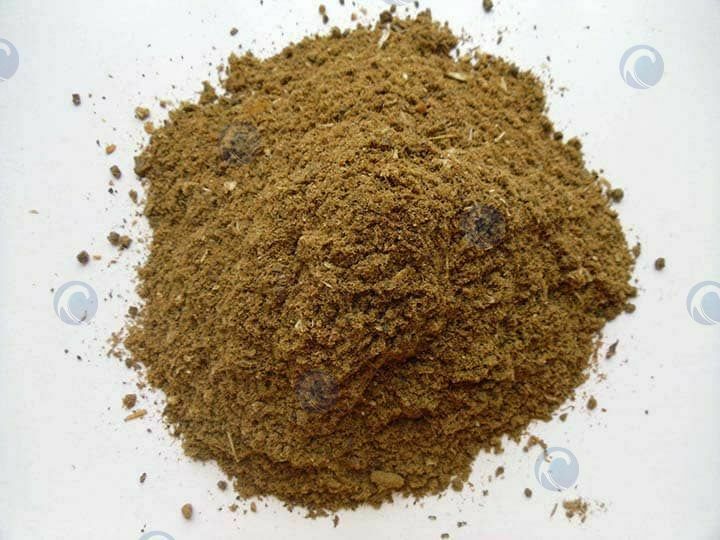
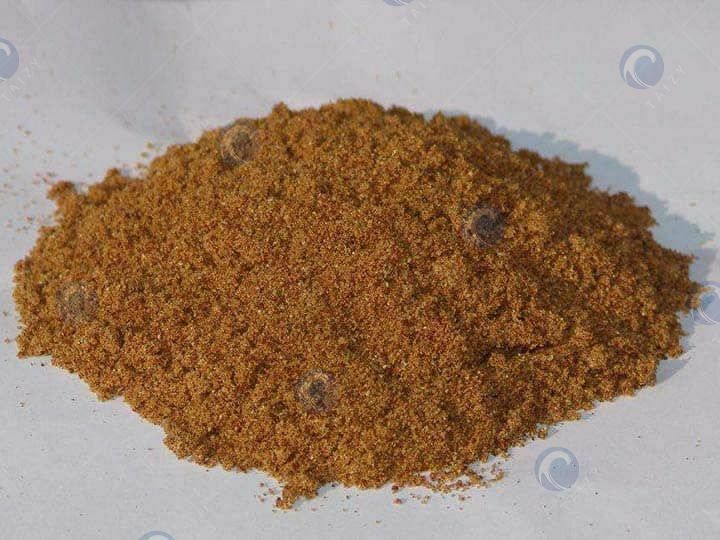
Can we adapt fish feed ingredients to local materials?
Yes, fish farmers can adjust the composition of their fish feeds to suit local conditions. Choose to use materials that are reasonably priced and have sufficient nutrient content at the time. Then mix these ingredients together through a fish feed pellet machine. In this way, fish farmers can save on the cost of fish feed and achieve efficient fish farming.
Do all farmed fish eat the same thing?
No. The nutritional requirements of fish vary from species to species. Herbivorous fish eat a feed mixture that may contain vegetable proteins (e.g. soy, corn), vegetable oils, minerals, and vitamins. For carnivorous fish, the diet consists primarily of fish oil and protein along with vegetable protein, minerals, and vitamins that meet the nutritional needs of the fish and provide health benefits to humans.
